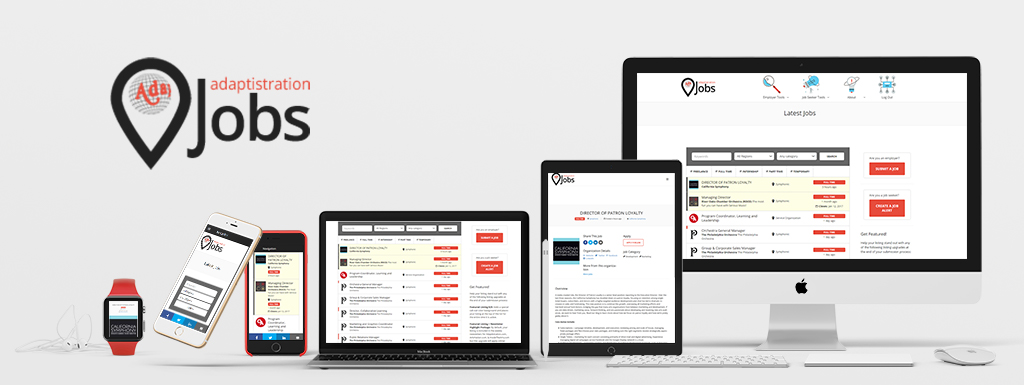Last week I pointed readers to an article written by Mark Stryker in the 11/26/08 edition of the Detroit Free Press which examined the current state of the Detroit Symphony Orchestra finances. In that article, Mark reports that the organization is experiencing a decline in ticket sales and a recent sudden drop in financial support will only compound economic issues. At hand, is the quandary of how an organization in the midst of a sizeable, sudden budget shortfall will go about attracting increased numbers of ticket buyers with fewer marketing resources and no room to tolerate lower ticket revenue…
Mark’s article points out that the result of less disposable income among potential ticket buyers may result in an increase in the decline of concertgoers.
“The DSO, like all metro Detroit arts institutions, has been trying to broaden its base of support in recent years, but in an economic climate where corporations are laying off workers, potential concertgoers are choosing less expensive entertainment options…”

Add to this the fact that for most orchestras, the average ticket price has increased exponentially over the past few decades, well ahead of the accessible rates for middle class ticket buyers. Peter Dobrin at the Philadelphia Inquirer ran an excellent article on the topic using the Philadelphia Orchestra as an example and if most orchestras have followed the trend he identified, then they may have set themselves up for a vicious one-two punch at the hand of the current economy.
On one hand, the allure of squeezing ticket revenue through raising ticket prices at the risk of slowly bleeding away average attendance rates has been something of an acceptable loss for some organizations. The thought here is you can maintain that balance for a period of time while other revenue streams are cultivated to a point where the trend can be scaled back. Ideally, the stronger revenue streams will then provide enough of a financial net to help marginalize any risk associated with lost ticket revenue from stronger audience development efforts through lower ticket prices.
Unfortunately, this robbing from Peter to pay Paul scenario carries a number of dynamic risks and the sudden change in the national economy will undoubtedly trigger some of the negative consequences from inflated average ticket prices. Regardless, this isn’t about finger pointing but it is about learning from current practices and taking proper action to certify the value of increased audience development and retention rates that are capable of withstanding sudden economic shocks.
Traditionally, American businesses have done a good job at learning from past mistakes and there is no reason to believe that this field should be any different. As a result, I hope this issue will finally assume a prominent place in the national dialog and creative problem solving will become a centerpiece in formal discussions. After all, the alternative is to continue clinging to failed principals and hope that the Federal Government decides to begin bailing out nonprofit performing arts organizations.



Hi, Drew. It might be interesting to see a graph of ticket prices over perhaps the last 10-20 (or even more) years, both in nominal and in real dollars. It might also be interesting to see a few other graphs over the same time frame: perhaps something about the cash position of the orchestra (how much cash, how much debt), total cash flow in, total cash flow out, donations, annual ticket sales, etc. It’d be interesting to see that for the DSO; it’d be even more interesting to see that for a range of orchestras (and thus, by calculation, for the orchestra business in aggregate).
I suspect such numbers are not publicly available; if they are, I suspect it would take a lot of time to pull them together. Nevertheless, if we could see the patterns the data is showing us over the past several decades, then we might be able to make some useful hypotheses about what’s working, what’s not working, and just possibly what might be worth changing. Or maybe not.
That’s a good idea Bill, at the very least the figures from Peter Dobrin’s article can be used. I’ll try to get the time to put those together (or if any enterprising readers want to, I’ll be happy to post it in an entry).